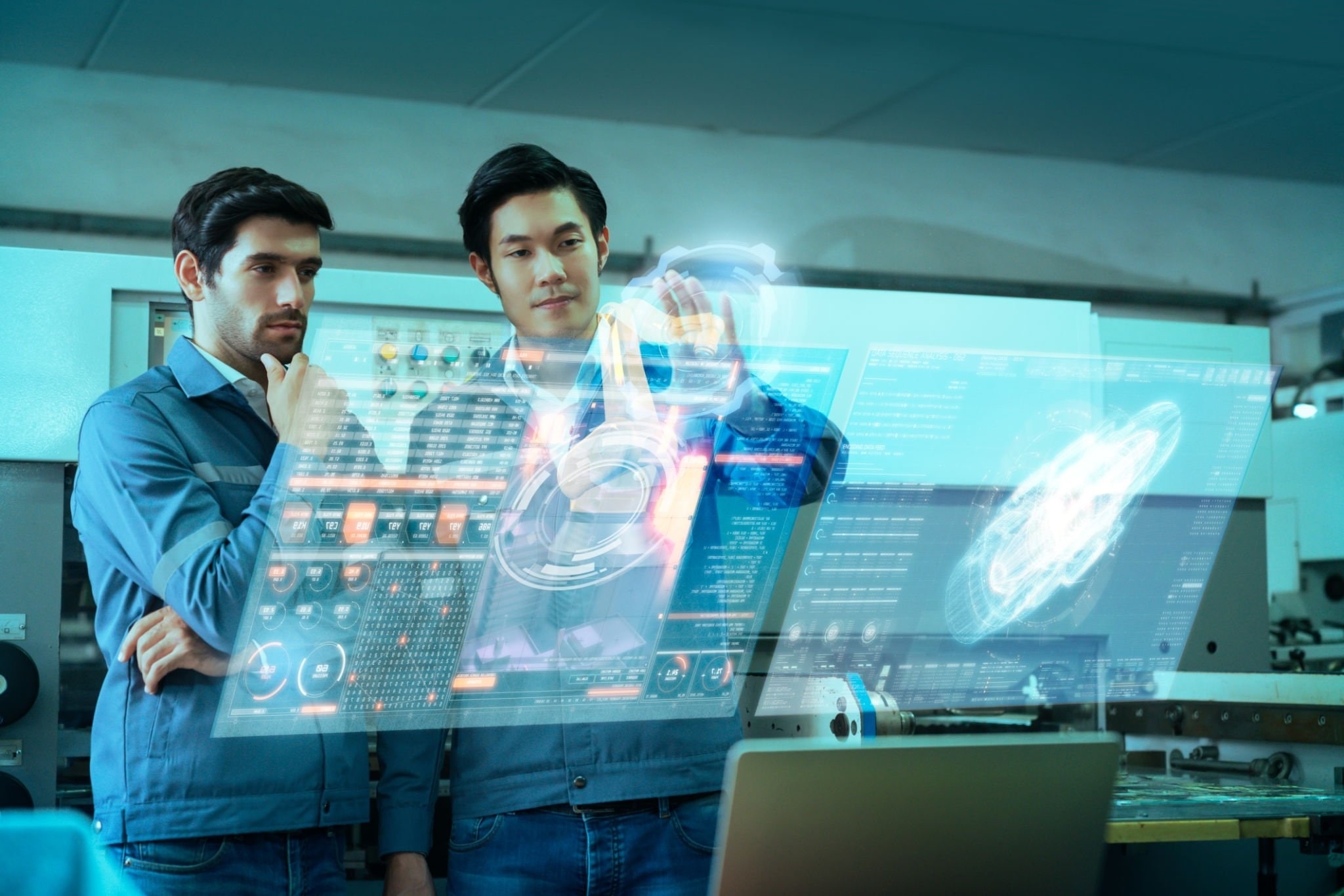AI visual testing is a game-changer for software testing professionals. Visual testing is a crucial aspect of software testing that ensures applications meet the planned visual design standards. However, manual visual testing can be tedious, time-consuming, and prone to human error.
Fortunately, streamlining visual testing is now possible with artificial intelligence (AI) and machine learning (ML) advancements. By leveraging AI and ML, testers can automate visual testing and improve accuracy while reducing the testing time.
Overview Of AI Visual Testing
Visual testing is a part of software testing that ensures an application meets its intended visual design criteria. To verify that the user interface is visually consistent, aesthetically pleasing, and intuitive, dig deeper into the subject of visual testing tools and ensure a pleasant experience for the user.
This typically involves manual testing, which is often tiresome, prone to human error, and difficult to scale. Therefore, testers have begun leveraging the latest advancements in artificial intelligence (AI) and machine learning (ML) to streamline the visual testing process.
With AI and ML, testers can automate visual testing by utilizing image recognition algorithms to identify visual defects.
These algorithms can detect inconsistencies in the UI, such as font size, color, and layout, and can be trained to recognize specific defects. Additionally, testers can generate test cases automatically using ML, reducing the time spent creating them manually.
AI Visual testing can also help identify usability issues that may affect user experience. Testers can simulate user scenarios and evaluate the application’s usability to ensure it meets the intended user experience requirements. Moreover, visual testing can verify an application’s accessibility, which is essential for users with disabilities.
Visual testing is expected to become even more streamlined as technology evolves, leading to better software applications and user experiences.
To understand how AI and ML improve visual testing, we need to understand what AI and ML are.

Overview Of AI And Machine Learning
AI and machine learning are rapidly evolving technologies revolutionizing how we interact with machines and automate tasks.
AI refers to the simulation of human intelligence in machines that are programmed to think and act like humans, while ML is a subset of AI that involves training machines to learn from data and improve over time.
One of the major advantages of AI and ML is their ability to automate tasks that humans previously performed. These technologies can be utilized in various industries, from healthcare to finance, to optimize processes and improve efficiency.
For example, AI-powered chatbots can be used to provide customer support. In the same way, ML can be used to analyze and interpret vast amounts of data to uncover insights that can drive business decisions.
AI and ML are also being used in the development of autonomous vehicles and drones, which have the potential to revolutionize transportation and logistics.
Also, AI and ML are being utilized in robotics to create machines that can perform complex tasks, such as assembling and manufacturing products.
Despite all these, AI and ML are not without their challenges. These technologies raise ethical concerns regarding their impact on society, privacy, and the workforce. However, as technology continues to evolve, ensuring the safety and reliability of these systems is paramount.
How AI And Machine Learning Can Streamline The Visual Testing Process
AI and machine learning can streamline the visual testing process by automating the identification of visual defects and generating test cases.
Manual visual testing is usually challenging to scale, time-consuming, and prone to human error. Therefore, testers have started using AI and ML to automate and streamline the process.
Image recognition algorithms are used to detect visual defects in applications automatically. These algorithms can identify inconsistencies in the user interface, such as font size, color, and layout.
Testers can train these algorithms to recognize specific defects by feeding them vast amounts of data. This process can improve the algorithm’s accuracy over time, resulting in better visual testing results.
Also, testers can use ML algorithms to generate test cases automatically and create a comprehensive set of test cases that cover various scenarios, reducing the time spent creating them manually. Plus, AI can be used to improve testing coverage and prioritize high-risk areas that require testing.
This approach enables testers to focus their efforts on critical areas of the application, ensuring a high-quality user experience.
Conclusion
Visual testing ensures software applications meet the intended visual design standards. However, manual visual testing can be tedious and prone to errors. By using AI and ML, testers can streamline the visual testing process, improving accuracy and reducing testing time.
Leveraging image recognition algorithms and ML can help testers identify defects and generate comprehensive test cases automatically.
As AI and ML advance, we can expect the visual testing process to become more streamlined, leading to better software applications.
Related Posts:
- What is an IoT platform? – Understanding the Various Categories
- What Impact Does Technology Have On Student Learning
- Everything About Network Penetration Testing: Detailed Guide
